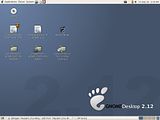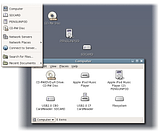Hey hey, I’ve just tried MyKnoppix 3.9 today. According to it’s website, it is a GNU/Linux Bootable CD remastered by Knoppix Linux 3.9 CD. This release comes with no developement or library files , it contains more multimedia related programs such as Kaffiene, Mplayer and more. My knoppix supports English, Traditional Chinese, Simplified Chinese and Malay/Indonesian.
The CD comes with the following Softwares:
* Kernel 2.6.11
* KDE 3.4.1
* Mplayer
* Kaffeine
* SKIM – Chinese Input Method
* DVD O Matic – Rip your DVD with ease
* DVD Wizard Authoring – Create your own DVD with ease
* Acid Rip
* KaudioCreator
* Open Office 2.0 Beta
* freenx –
* videolan
* kio_burn
* Mozilla firefox/thunderbird
* Support one click playing DVD, VCD and AudioCD
But one thing still makes me wonder,is that although MyKnoppix tried it best to be a “Digital Home Digital”, I still cant figure out how can I rip audio and DVD while i’m using LiveCD? I cant even play my DVD while the LiveCD is running in my computer…
My previous post about GeexBox does almost the same job as MyKnoppix minus CD/DVD ripping stuff but still GeexBox is loaded entirely in memory leaving cd/dvd tray free for playing/ripping stuff.
However, I praise Ang Tun Chek, for making this cd available to public as well as the effort to bring remastered version (with local language) to public. Hope that this is not the last time I see MyKnoppix around…
Links


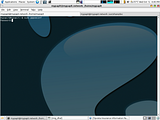
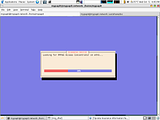
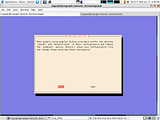
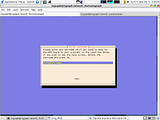
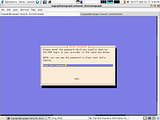
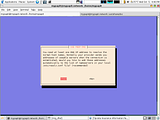
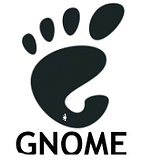 I had great experience testing out GNOME 2.12 LiveCD, it has exceeded all of my expectations from a demo cd. I can do most of my work using only the demo cd, like reading and printing documents, get online, watch movies, listening to music/radio, instant messaging and obviously blogging ;). The CD also includes some pictures from GNOME community events as well as freely distributable musics and videos .
I had great experience testing out GNOME 2.12 LiveCD, it has exceeded all of my expectations from a demo cd. I can do most of my work using only the demo cd, like reading and printing documents, get online, watch movies, listening to music/radio, instant messaging and obviously blogging ;). The CD also includes some pictures from GNOME community events as well as freely distributable musics and videos .